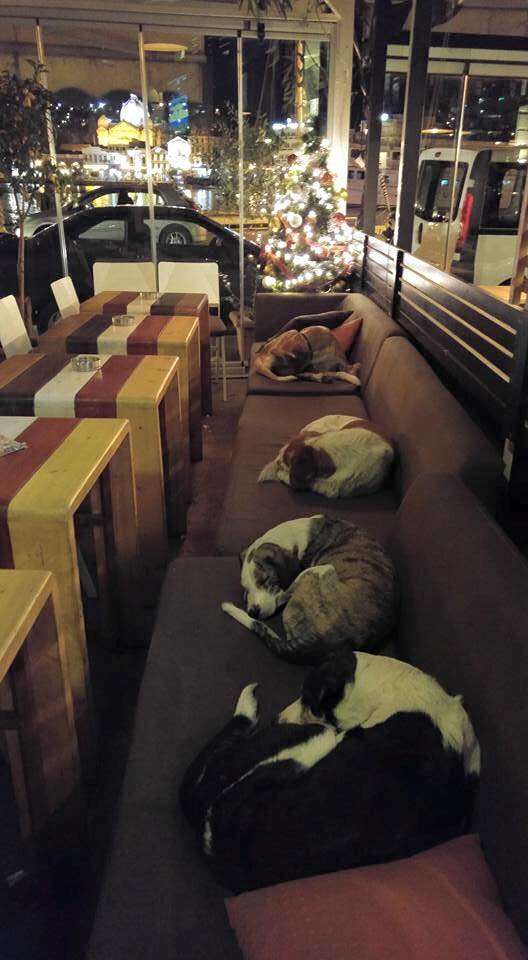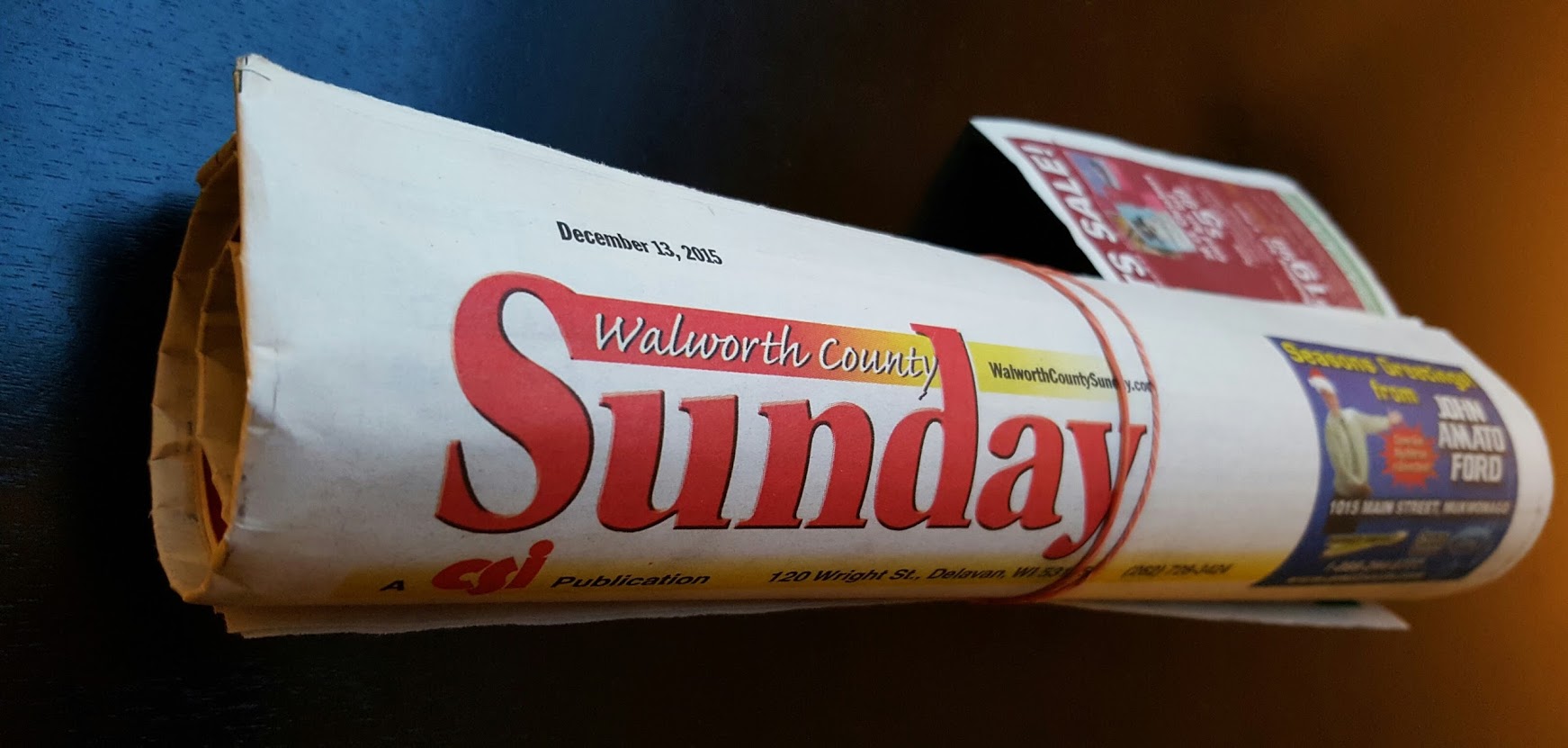Good morning, Whitewater.
Our year ends with morning clouds, afternoon sunshine, and a high of twenty-four. Sunrise is 7:25 and sunset 4:30, for 9h 05m 33s of daytime. The moon is a waning gibbous with 65.3% off its visible disk illuminated.
Google has a doodle to send off ’15, and welcome ’16:

It’s Matisse’s birthday:
Henri-Émile-Benoît Matisse …
31 December 1869 – 3 November 1954) was a French artist, known for both his use of colour and his fluid and original draughtsmanship. He was a draughtsman, printmaker, and sculptor, but is known primarily as a painter.[1]
Matisse is commonly regarded, along with Pablo Picasso and Marcel Duchamp, as one of the three artists who helped to define the revolutionary developments in the plastic arts in the opening decades of the twentieth century, responsible for significant developments in painting and sculpture.[2][3][4][5] Although he was initially labelled a Fauve(wild beast), by the 1920s he was increasingly hailed as an upholder of the classical tradition in French painting.[6] His mastery of the expressive language of colour and drawing, displayed in a body of work spanning over a half-century, won him recognition as a leading figure in modern art.[7]
….The decline of the Fauvist movement after 1906 did not affect the career of Matisse; many of his finest works were created between 1906 and 1917, when he was an active part of the great gathering of artistic talent in Montparnasse, even though he did not quite fit in, with his conservative appearance and strict bourgeois work habits. He continued to absorb new influences. He travelled to Algeria in 1906 studying African art and Primitivism. After viewing a large exhibition of Islamic art in Munich in 1910, he spent two months in Spain studying Moorish art. He visited Morocco in 1912 and again in 1913 and while painting in Tangiers he made several changes to his work, including his use of black as a colour.[24][25][26] The effect on Matisse’s art was a new boldness in the use of intense, unmodulated colour, as in L’Atelier Rouge (1911).[15]
On this day in 1967, an unforgettable Packer’s win:
1967 – Green Bay Packers Triumph in “Ice Bowl”
On this date the Green Bay Packers and Dallas Cowboys played in what many consider to be the greatest game in NFL history – The Ice Bowl. With the thermometer dipping to a shocking 13 below zero and a wind chill of minus 46, Bart Starr scored the winning touchdown from the 1-yard line with 13 seconds remaining, sealing a record third straight championship for the Packers, their fifth in seven years. Green Bay defeated Dallas, 21-17, to win the NFL Championship. [Source: Pro Football Hall of Fame]




